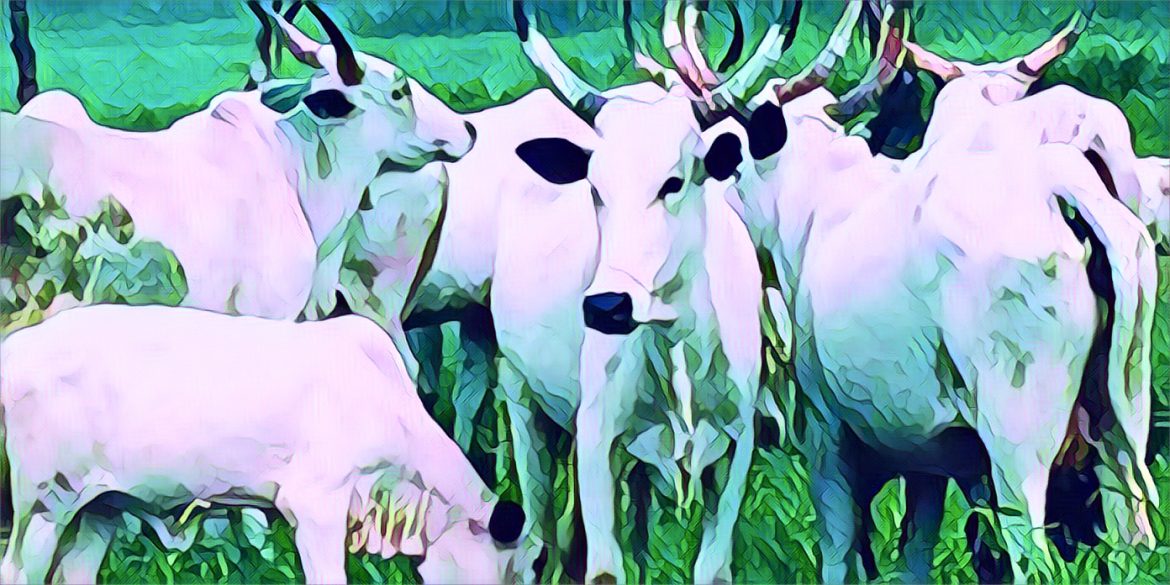Zimbabwean livestock farmers have issued a renewed plea to the government for a review of the livestock development levy implemented in 2017, arguing that it adversely affects their business operations. The levy, introduced through Statutory Instrument 129 of 2017, targets producers of day-old chicks, buyers of raw milk, and cattle slaughters, with specific charges per unit or animal.
According to a report by Newsday, Kirton Farmers Association chairperson Moketsi Basuthu highlighted the levy’s detrimental impact on livestock production, especially amid current drought conditions causing significant losses. Basuthu emphasised the financial strain on farmers, noting the high costs of cattle movement and the lack of compensation for cattle hides, which could potentially enhance the dormant leather industry.
Despite government support for grain farmers through fertiliser and seed donations, Basuthu pointed out that livestock farmers bear all costs independently. Challenges extend to bureaucratic inefficiencies, with limited police staffing in Matabeleland North, South, and Masvingo provinces impacting livestock clearance processes.
The government’s rationale for the levy centres on funding initiatives such as disease surveillance, research in livestock production, and animal health, as well as promoting orderly marketing and investment in veterinary infrastructure. However, the latest Zimbabwe Vulnerability Assessment Committee Rural Livelihoods Assessment report reveals that approximately 37% of households own livestock, with cattle prices ranging from US$167 to US$467, and 44% own goats, priced between US$15 and US$51.


